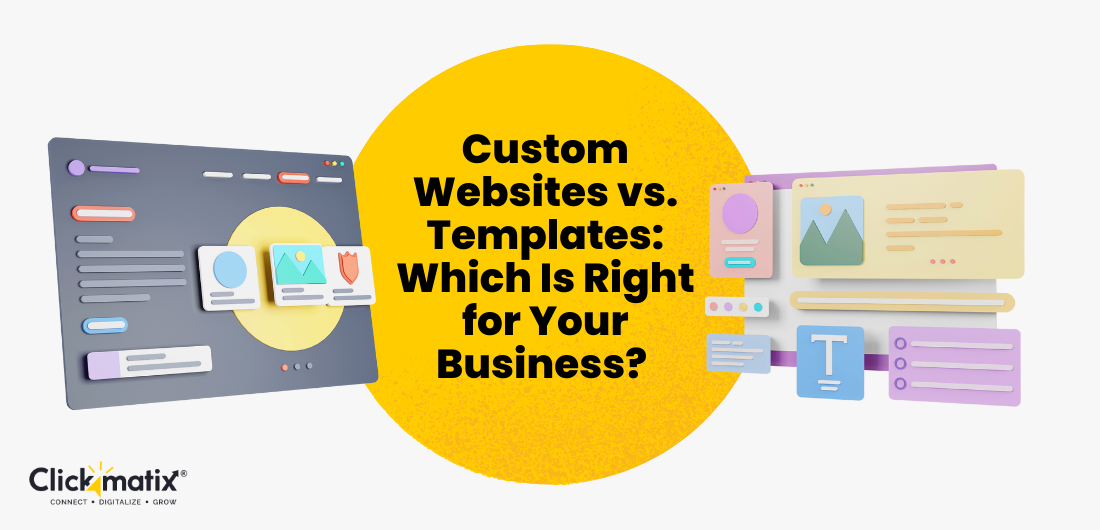
Building a website isn’t exactly exciting for most business owners. It’s one of those things that feels essential, but also a bit… overwhelming. You know you need one. You also know that it should look good, load fast, and not randomly break when someone clicks a button. But once you start Googling, you hit that familiar wall:
“Should I go custom, or just use a template?”
It’s a question that comes up all the time, especially for small to mid-sized businesses here in Australia. And the truth is, there’s no one-size-fits-all answer (which is ironic, given how many people opt for one-size-fits-all templates).
So if you’re at that fork in the road, this post is for you. We’re going to walk through the pros and cons, the real costs, and some of the subtle trade-offs that aren’t always obvious at first. By the end, hopefully, you’ll have a clearer sense of what fits – not just your business goals, but also your style, your values, and let’s be real, your tolerance for tech headaches.
What Is a Custom Website?
Imagine hiring an architect to design your dream home. Everything from the layout to the door handles is made with you in mind. That’s essentially what a custom website is.
It’s built from scratch by a web designer (and usually a developer too). The look, the functionality, and the way pages flow into each other are all aligned with your brand, your audience, and your goals.
A few things that stand out with custom sites:
- You’re not boxed into a template. Want a booking system, a member portal, or a floating call-to-action that only appears on mobile? Done.
- Your brand feels unique. Not “Oh, I’ve seen this layout on five other sites” unique.
- Scalability. You can build something small now and expand later, without starting over.
And perhaps most importantly? Performance and SEO can be baked in from the start. Your developer can write clean, purposeful code that search engines love. It’s not just prettier, but also smarter.
Who usually goes this route?
Startups trying to make a splash. Established businesses upgrading from a template. Or anyone who’s grown tired of working against the limitations of their current site.
That said, it’s not cheap, and it’s not instant. More on that in a bit.
What Are Website Templates?
Let’s say you don’t need a custom home. You just need a nice apartment that’s already built. Maybe you’ll paint a wall or swap out a light fixture, but the structure? It’s ready.
That’s a template website.
Platforms like WordPress, Wix, Shopify, and Squarespace offer pre-designed themes. You can plug in your content, make some tweaks, and go live; sometimes within hours.
Why people love them:
- They’re cheap (or free), especially compared to custom builds.
- Fast to launch. You could have a basic site up this weekend if you really pushed it.
- Low effort. Most platforms handle hosting, mobile responsiveness, and even security updates for you.
But the flip side?
- You’ll be limited in how much you can change.
- You’re often stuck working around the design, rather than building with purpose.
- SEO can suffer, especially with bloated themes or shared hosting.
Still, for small businesses, sole traders, or anyone just getting started, template websites are often the most logical first step. You don’t need all the bells and whistles if your goal is just to have a presence online.
Pros and Cons: A Side-by-Side Comparison
Let’s lay it out. And while this comparison looks neat on paper (or screen), remember: your real-world needs might not line up perfectly with these boxes.
| Feature | Custom Website | Template Website |
| Cost | $3,000 – $15,000+ | $0 – $500 (plus monthly fees) |
| Time to Launch | 4–12 weeks | 1–7 days |
| Flexibility | Fully customisable | Limited to the theme structure |
| SEO Potential | High (built-in optimisation) | Basic, often needs manual tweaking |
| Ongoing Maintenance | Required (developer or agency) | Usually managed by a platform |
| Scalability | High. Add features over time | Limited by platform/theme |
It’s not that one side is “better.” It’s more about what trade-offs you’re willing to make.
SEO in the Australian Market: Why It Matters
Let’s talk Google. Or more specifically, Google Australia.
Local SEO is a big deal here, especially with so many service-based businesses competing in suburbs, not just cities. A well-optimised website can mean the difference between showing up on page one… or not at all.
Custom websites shine here. You can build clean, fast-loading pages. Add structured data. Implement schema. Geo-target keywords. Optimise every image. It’s SEO done intentionally.
Templates, by contrast, often come with extra code you don’t need (and can’t remove). That slows things down. And while platforms like Wix or Squarespace say they’re SEO-friendly… It’s usually “SEO-light.” You get meta titles and tags, but you’re stuck when it comes to technical adjustments.
That’s not to say you can’t rank with a template site. You absolutely can. It just takes more effort (and sometimes compromises).

Get weekly insights for revenue-shifting results
Sign up for our newsletter and be the first one to know about our exclusive offers, digital marketing news and updates.
|
|
Thank you for Signing Up |


Real-World Examples: The Australian Edition
Here’s where it gets more tangible.
Custom Site Example:
A boutique law firm in Sydney needs more than just a contact page. They want a secure client portal, custom lead funnels, and precise SEO targeting for high-value suburbs. A template just wouldn’t cut it. So they invest in a custom site. Expensive, yes, but it’s part of their professional image.
Template Site Example:
Meanwhile, a dog groomer in Melbourne just wants to showcase services, offer online bookings, and look trustworthy. They go with a Wix template, customise the colours and logo, and boom! They’re online in two days. Cost? Under $300. It works for them.
Questions to Ask Yourself
Before you make a decision, try answering these out loud:
- How much are you willing to spend (honestly)?
- Do you want this site to grow with you, or is it more of a digital business card?
- How important is it for your site to feel unique in your industry?
- Do you (or your team) have time to learn how the backend works?
If you hesitated on any of those, that’s okay. Clarity doesn’t always come instantly.
Cost Breakdown (Australia-Specific)
You’ll find a wide range, so here’s a realistic spread:
Custom Website:
- Basic brochure site: $3,000 – $6,000
- Advanced business site with integrations: $7,000 – $15,000+
- Ongoing costs: Hosting, updates, and possible retainer for maintenance
Template Website:
- Template/theme cost: Free – $200
- Setup/customisation: DIY or $500–$1,000 with help
- Monthly fees: $15–$60 (platform + premium plugins)
Hidden costs? Yes:
- Domain renewal (~$20/year)
- Email hosting (if not bundled)
- Plugin or app fees
- Unexpected limitations that force an upgrade sooner than planned
Note: These are just estimated costs.
Long-Term ROI (because it’s not just about money!)
Let’s talk about return on investment. Not just the dollar kind, but the kind that pays off in time saved, customers gained, and future headaches avoided.
A website isn’t just a digital flyer. It’s an asset, sure, but it’s also a moving target. The online world changes fast. Google updates its algorithm. Competitors refresh their branding. User expectations shift. What felt fresh and cutting-edge two years ago might now feel… well, a little clunky.
This is where the custom vs template decision starts to show its long-term consequences.
Custom Websites: Built to Grow With You
If you’ve invested in a custom website, you’ve likely thought about where your business is headed, not just where it is now. Custom sites tend to perform better over time for a few key reasons:
- SEO is stronger because the site was built with structure, speed, and metadata in mind from day one.
- User experience is tailored, which can lead to higher engagement, longer visits, and more conversions.
- Scalability is easier. You can add features, integrate systems (like CRMs or booking tools), or redesign sections without rebuilding the whole thing.
It’s not passive income, but it’s compound value. The more traffic your site gets, the more the original investment pays for itself.
But, and this is important, custom sites need upkeep. They can break if you don’t maintain them. Plugins need updating. Content gets stale. If you go the custom route, factor in ongoing maintenance, whether through a retainer, a freelancer, or someone on your team.
Template Websites: Fast, Flexible, but with a Shelf Life
Templates have their own kind of ROI, especially in the early stages. The time-to-value is fast. You can be online, getting inquiries or making sales in a matter of days.
For businesses testing an idea or working with a lean budget, this is incredibly valuable. You don’t want to spend $10,000 on a custom site before you’ve validated your offer. In that context, a template isn’t just “good enough,” it’s smart.
But here’s the trade-off: you might outgrow it faster than you think.
Maybe you want new functionality, but your theme doesn’t support it. Or maybe your competitors upgrade, and suddenly your site looks… generic. At that point, you’re faced with either forcing an upgrade into a rigid structure or rebuilding from scratch.
Some people call that “wasted effort.” Others call it “progress.” Honestly? Both are valid. Sometimes you need to outgrow your first site. It means your business is evolving.
But it’s worth thinking about this upfront. Not every website has to last five years. But if that’s your goal, a custom approach might save you more than it costs.
Ultimately, long-term ROI is all about alignment.
- Does your website grow with you, or slow you down?
- Does it support your brand, or dilute it?
- Does it deliver leads, sales, or awareness, even after the novelty wears off?
If the answer is yes, you’re probably on the right track, regardless of which path you took to get there.
Myths & Misconceptions
Let’s clear a few things up:
- “Templates are unprofessional.”
Not true. Many modern templates look very polished. The problem arises when they’re not configured well, or when 100 other businesses are using the exact same layout.
- “Custom sites are always better.”
Better for who? If you’re launching a one-page site for a weekend market stall, a custom build is overkill. Context matters.
- “You can’t rank with a template.”
You can. It just might take more effort and some compromises.
- “You need to know code to build a site.”
Templates often let you avoid code completely. And even custom builds can be managed post-launch with visual editors, if set up properly.
The point? Don’t let assumptions steer your decision. Get facts. Ask questions. Make the call based on your business.
Our Recommendation by Business Type
Let’s simplify it a bit:
| Business Type | Our Suggestion |
| Tradie / Sole Trader | Template (at first) |
| eCommerce Brand (scaling fast) | Custom |
| Local Café / Hair Salon | Template |
| Professional Services (law, finance) | Custom |
| Non-Profit or Community Org | Depends on goals |
Again, these aren’t rules. They’re starting points.
Final Thoughts: So… What’s Right for You?
If you’ve made it this far, then hopefully you’re feeling a bit clearer, or at least, better equipped.
Here’s the short version:
- Starting small with low risk? Try a template.
- Want control, flexibility, and long-term growth? Go custom.
- Somewhere in between? Start template, evolve to custom. You’re allowed to change your mind later.
Either way, the worst thing you can do? Do nothing. Being online matters, even if it’s just the basics. So start somewhere.
Need a Hand? Clickmatix Can Help!
We’re a Melbourne-based digital agency that’s helped hundreds of Aussie businesses build both custom and template websites. If you’re not sure which way to go or you know exactly what you want, we’re happy to walk through your options.
We don’t push what’s expensive. We recommend what fits.
Let’s build something that works for your business!
In search for strategic sessions?
Let us understand your business thoroughly and help you
strategies your digital product.
It's time to call your business-
a brand!
Australian Owned Agency
Save Time and Money
Unbeatable Value
Where Work Gets Done
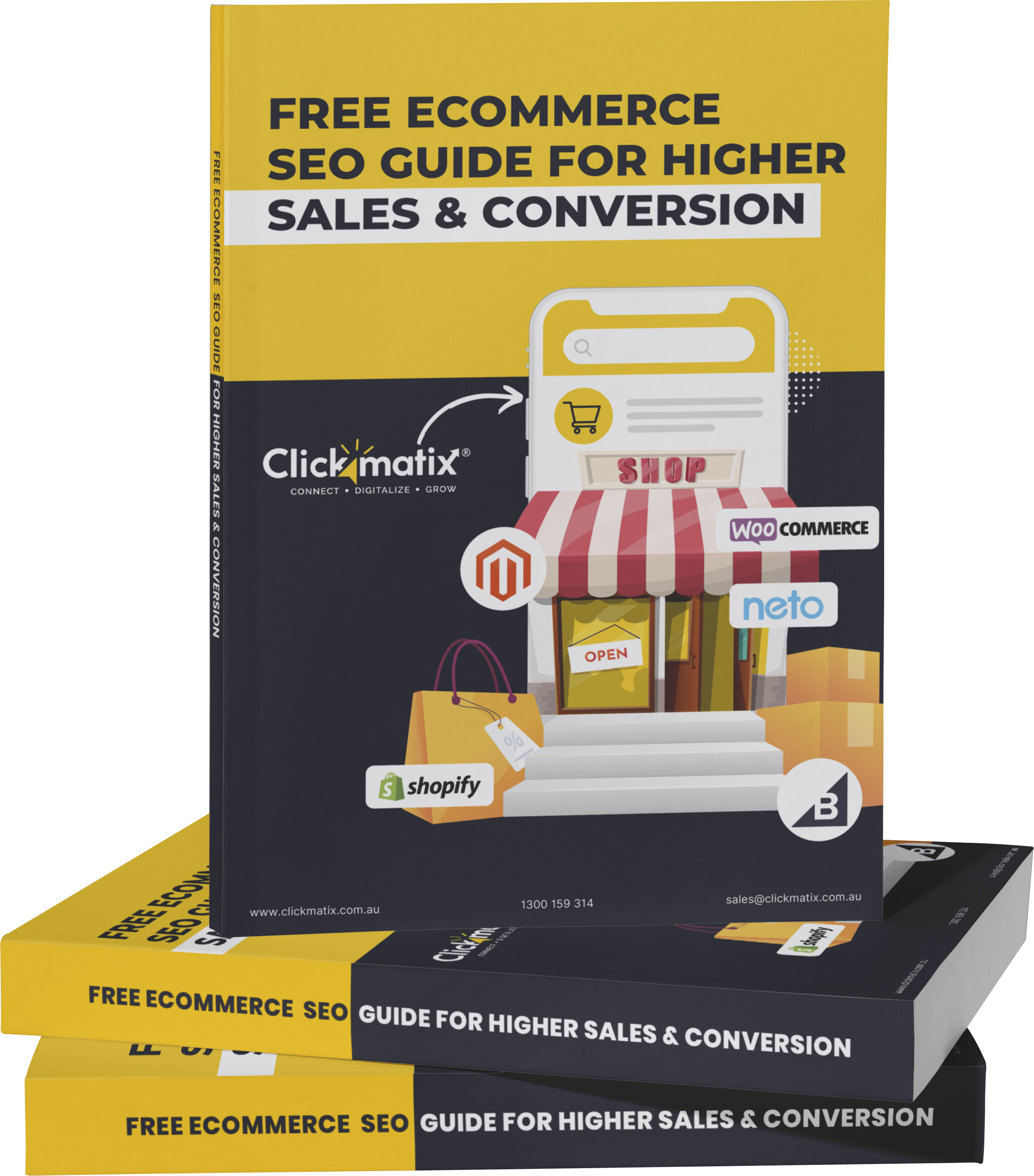
free Ecommerce SEO guide for Higher Sales & Conversion



THE ULTIMATE MARKETING GUIDE FOR LAWYERS


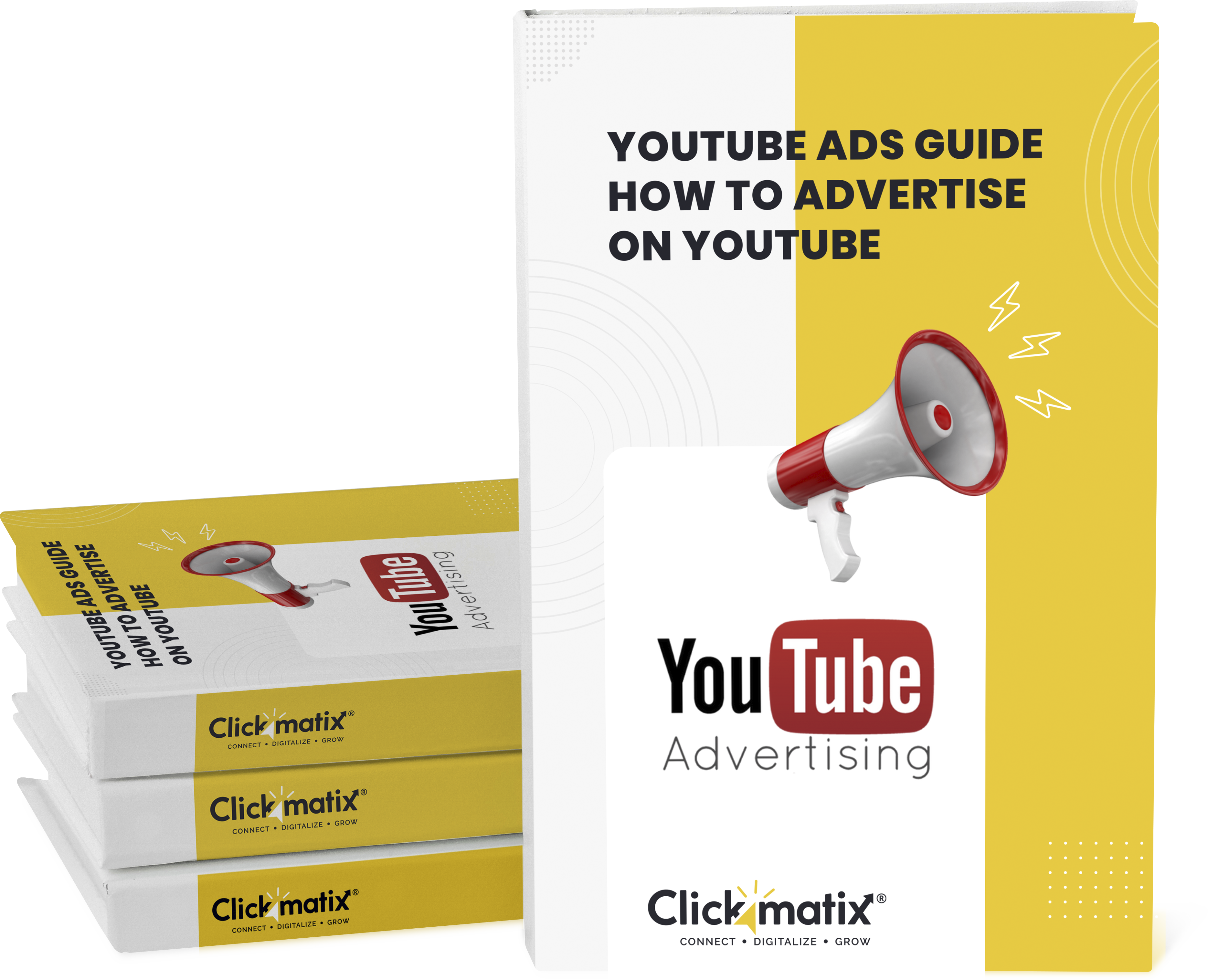
Youtube Ads Guide How to Advertise on Youtube



free Ecommerce SEO guide for Higher Sales & Conversion


It's time to call your business-
a brand!
Australian Owned Agency
Save Time and Money
Unbeatable Value
Where Work Gets Done


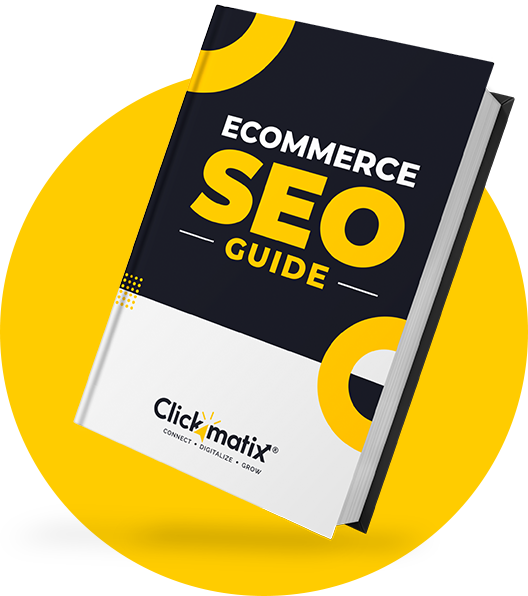
The Game-Changing Ecommerce SEO Guide That Will Blow Your Mind & Sales
With this Ecommerce SEO Guide, you'll be able to:
- Develop a Ecommerce SEO strategy.
- Build a content marketing strategy that aligns with your business goals.
- Convert your website visitors into paying customers.



Youtube ads guide how to advertise on youtube
With this Youtube ads Guide, you'll be able to:
- Develop a Youtube ads strategy.
- Build a type of ads of your own that aligns with your business goals.
- Generate revenue from youtube ads.
It's time to call your business-
a brand!
Australian Owned Agency
Save Time and Money
Unbeatable Value
Where Work Gets Done









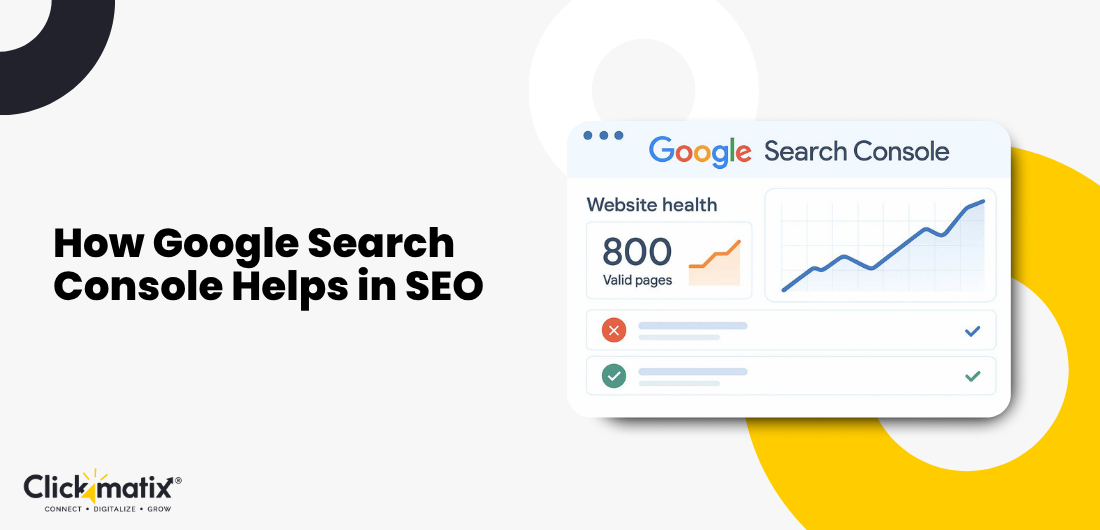
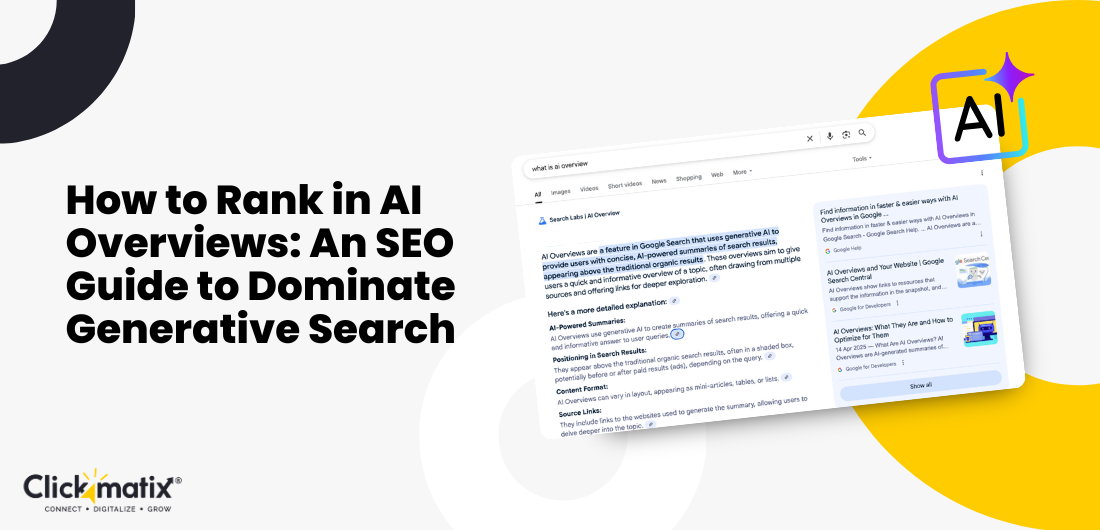
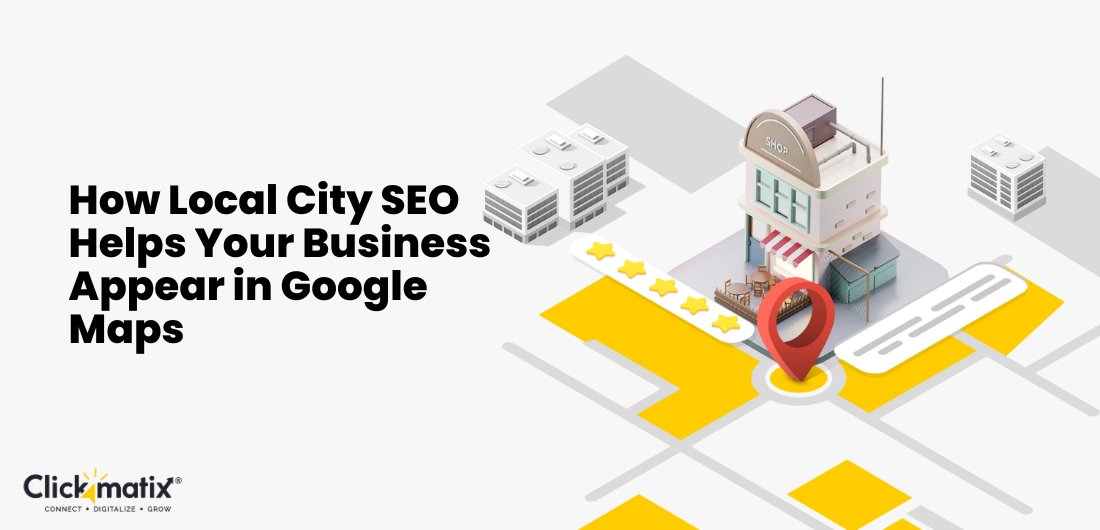
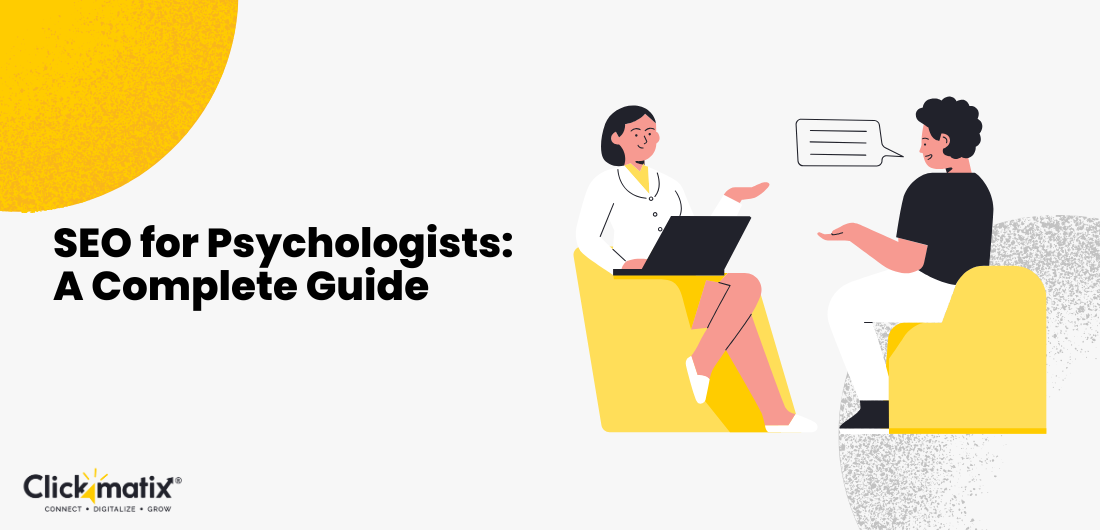
 Australian Owned Agency
Australian Owned Agency Save Time and Money
Save Time and Money Unbeatable Value
Unbeatable Value Where Work Gets Done
Where Work Gets Done